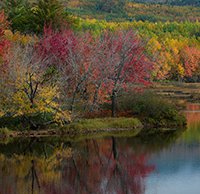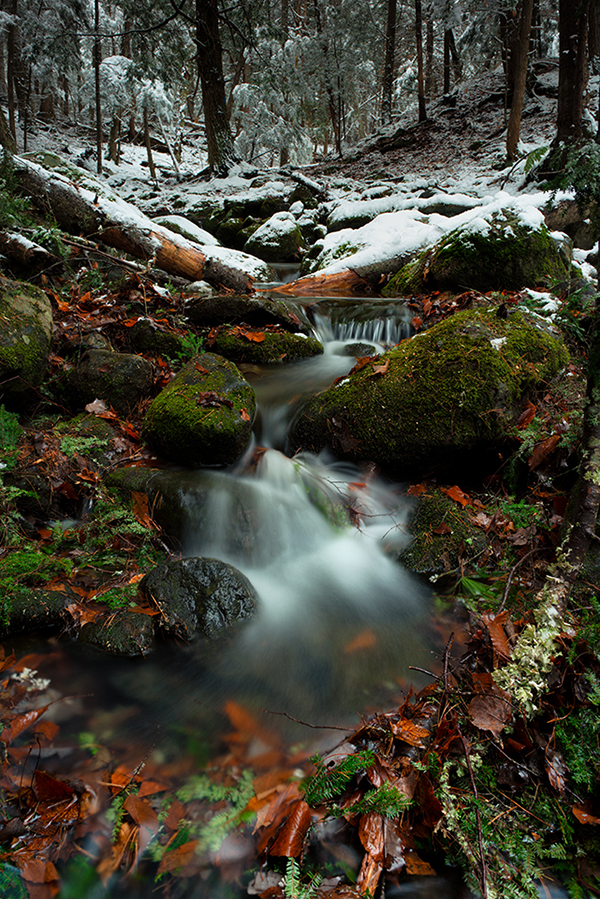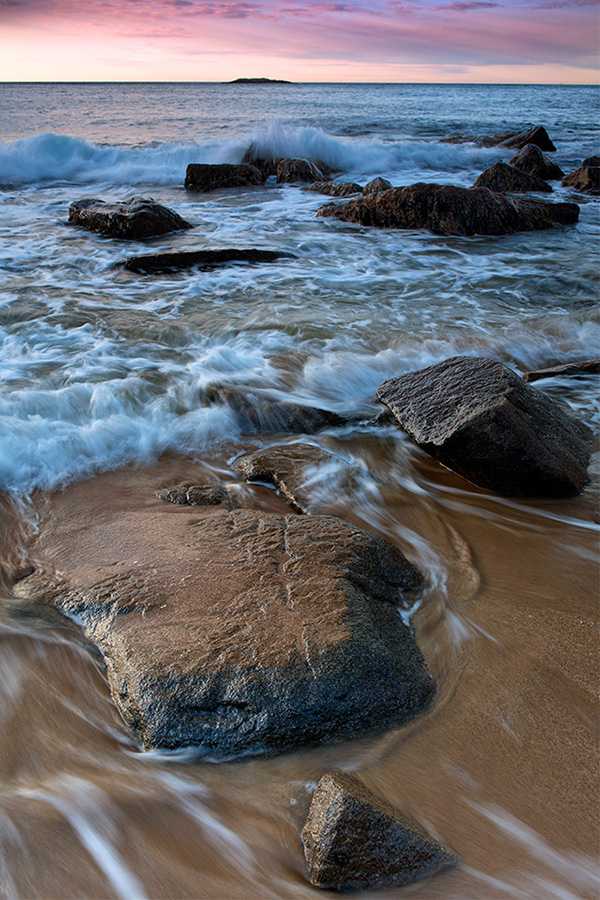From scouting to finishing images, a comprehensive landscape photography guide
posted Wednesday, December 9, 2015 at 4:02 PM EDT

New Zealand-based landscape photographer Chris Gin wrote a comprehensive landscape photography guide for Light Stalking a few years ago, though his tips are just as valid today as they were back then. The article is aimed at those who are just learning landscape photography, but there are a ton of great tips that can benefit landscape photographers of all levels.
Chris’ first tip is to make sure to research your locations. This is especially important if you’re going on a trip to specifically to capture images. You’ll want to learn as much about the area you’ll be shooting as possible ahead of your arrival and find places where you’d like to capture images. Once you’ve determined where you want to shoot, you should check the location out on Google Maps and Google Earth and utilize tools like The Photographers Ephemeris application to plan ahead. Light is critical for landscape photography, so plan around the best light as much as you can.
If you’ll be in one area for an entire day or for multiple days, go check the area out for yourself. Scouting during the times of the day when the light isn’t very good means you’re making productive use of time that otherwise would be wasted. When the light is right, you don’t want to be hurrying around or scouting, you want to know in advance where you’ll set up.

Chris has some composition tips as well, because after all, composition is of utmost importance. So you’ve researched and scouted a location, you know where you’ll want to be and when, and now it’s time to actually capture images. Avoid clutter in your composition, include a foreground element, and use leading lines to help create a compelling image. Further, try to avoid placing the horizon or your subject in the dead center of the frame. Since you’ve already scouted and set up in an area, you have time to experiment with different compositions, so take multiple images in the same area.

The best times for capturing landscape images are the hours around sunrise and sunset, or “the golden hours.” Light, at least when it isn’t overcast, is often most dramatic and dynamic during the golden hours. Depending on where you have to go to get the desired image, you may need to get up very early or stay up very late to be in the right place at the right time. Even when you put in the work and the time, sometimes the conditions just don’t work out. Landscape photography requires patience and persistence.
For much more information, including an overview of gear (although Chris rightly argues that it isn't just about the gear, according to his website his most-used gear is his Canon 7D DSLR, Sigma 10-20mm f/3.5 lens, and Tamron 17-50mm f/2.8 lens), the importance of physical filters (such as graduated neutral density and polarizing filters), and post-processing, check out Chris’ full guide.
To see Chris’ excellent landscape photography, visit his website and his Flickr.
(Seen via Light Stalking)